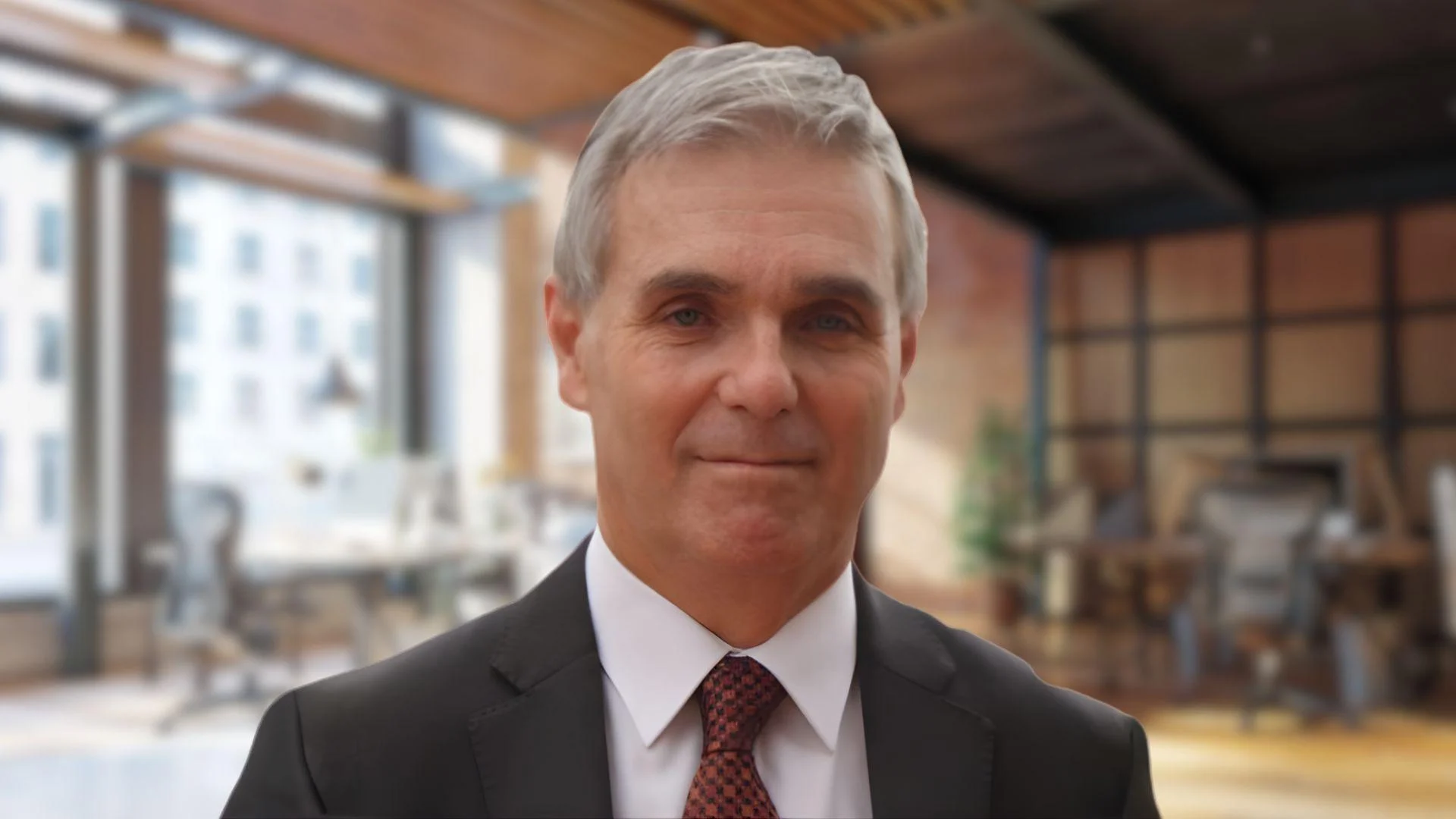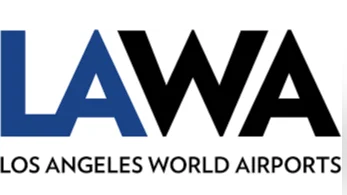The plane then made its way to Salt Lake City, where it remained on the tarmac for about an hour and a half before a new pilot arrived to take over.
The replacement pilot successfully landed the aircraft in Jackson Hole, but not without some added drama. Passengers described the landing as one of the bumpiest they had ever experienced, adding to the overall stress of the situation. By the time they finally arrived, the flight was three hours behind schedule.
The key question that arose from this incident was: How did a pilot end up on a flight to an airport he wasn’t qualified to land at? A scheduling error seems unlikely. Even if the airline made a mistake—along the lines of when American Airlines flew a plane to Hawaii that wasn’t qualified for overwater operations—one would imagine that the pilot would reject the assignment.
Perhaps not being qualified wasn’t a formal statement as much as an expression that the captain didn’t feel confident at the controls in particular wind scenarios that later led to a bumpy landing. Jackson Hole is at an elevation of over 6,500 feet and surrounded by the Teton Mountains and is known for its tricky approaches.
The pilot also may have encountered higher ‘minimums’ than expected on approach to the airport given their qualifications and current conditions at the time of arrival. Clearly, a decision was made based on safety, though the communication wasn’t reassuring.
 Alerts Sign-up
Alerts Sign-up



































